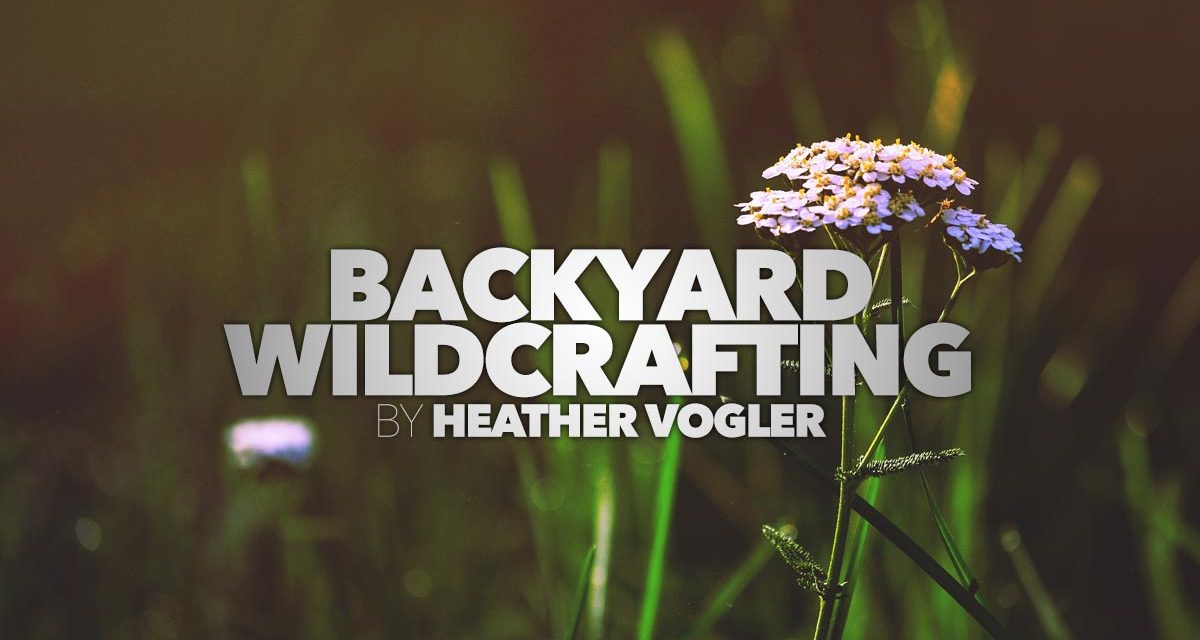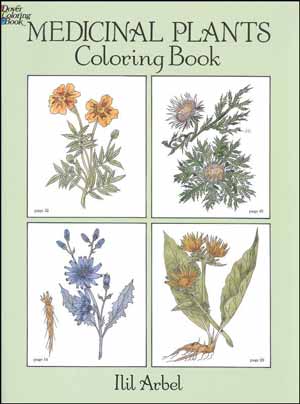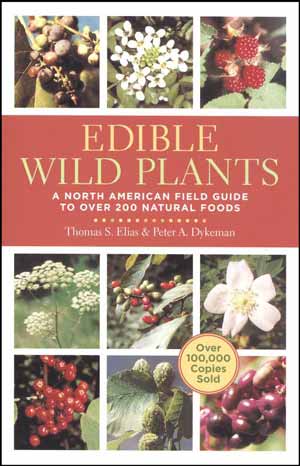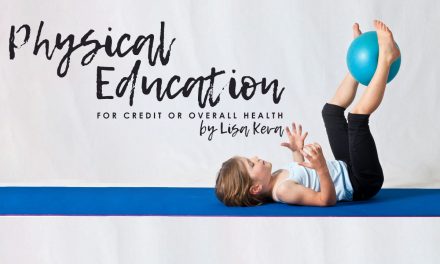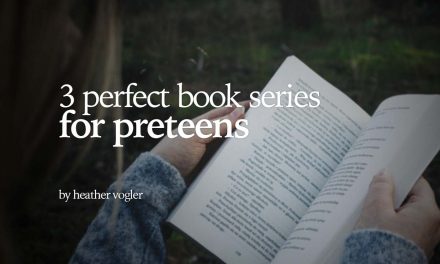Take a step outside into your backyard and you might be surprised with what you’ll find. Once you started homeschooling, I’ll bet you began looking at your yard with entirely different lenses. No longer do you simply see clouds in the sky, now you see cumulus or stratus clouds!
A clear night is now an opportunity for star gazing. Muddy mornings are now an opportunity for identifying animal tracks! If you are looking for an educational opportunity this summer, try identifying edible, beneficial, plants that are growing right under your nose. Wildcrafting (gathering plants from the wild), when done right, is a beneficial life skill. Many families during the great depression were forced to harvest in in this manner, in their own neighborhoods, when resources were tight. With a little know-how and confidence, children can learn to identify several plants in their own backyard that can be used in their day to day lives.
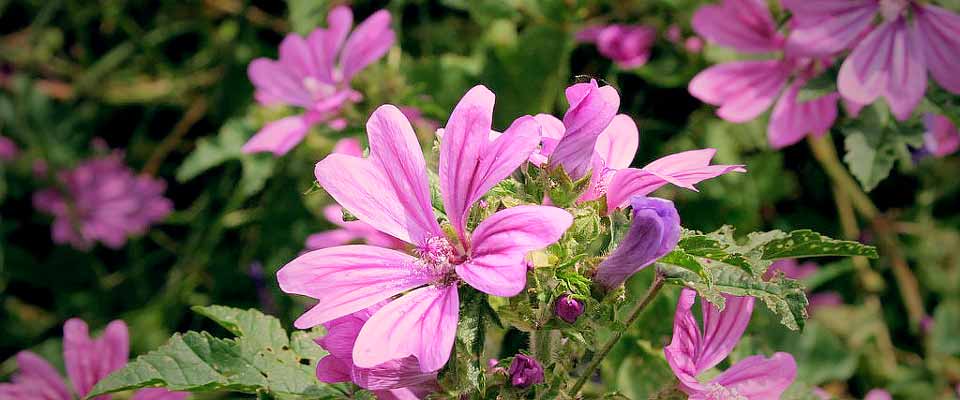
Common Mallow
Image by Melanie Shaw // Flickr // CC BY-ND 2.0
This plant is related to the well-known plant, marshmallow, the plant originally used in the making of the sugary treat with the same name. Common mallow has many similar medicinal properties as the marshmallow. It grows in lawns, roadsides and waste areas. Common mallow is good for:
- Dry Cough and Sore Throat
- Digestive Problems
- Treats Burns
- Kidney Stones
- Hair Moisturizer
- Treats Eczema
- Fights Infection
- Soothes Teething Infants
- Heals Small Cuts
We use it as a hair detangler in our home. We take the roots and mix it with a hint of apple cider vinegar and sweet smelling essential oils and keep it in a spray bottle. It works wonders!

Comfrey
Image by Satrina0 // Flickr // CC BY-NC-ND 2.0
We use this plant to help with bruising. If my children have a cut or bruise, they know that we will be fixing them up with comfrey soon! We also use this as a muscle relaxant. Though you might find us making a tea out of it at times, we primarily use it as a topical treatment.
- Bug Bites
- Rashes
- Helps Prevent Heavy Menstrual Periods
- Helps With Stomach Problems
- Heals Shallow Wounds
- Helps with Pulled Muscles
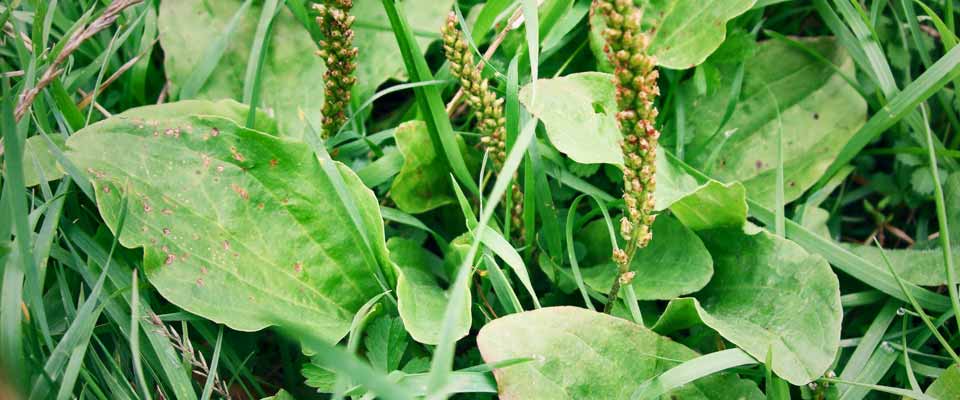
Plantain Leaf
Image by Anna Hull // Flickr // CC BY-NC-ND 2.0
Plantain Leaf is a common plant found growing throughout North America. Not to be confused with the banana like plant with the same name, this plant is often used in balms. We use it to help ease the pain of bee stings. It also is used as an herbal remedy for upper respiratory tract health.
- Helps with cuts and bruises
- Remedy for rashes
- Can improve blood sugar
- Helps with bee stings and snake bites
What can you wildcraft in your backyard where you live? Comment below!
Disclaimer – The herbal information on this post is intended for educational purposes only. It is not the intention of the author to advise on health care.

